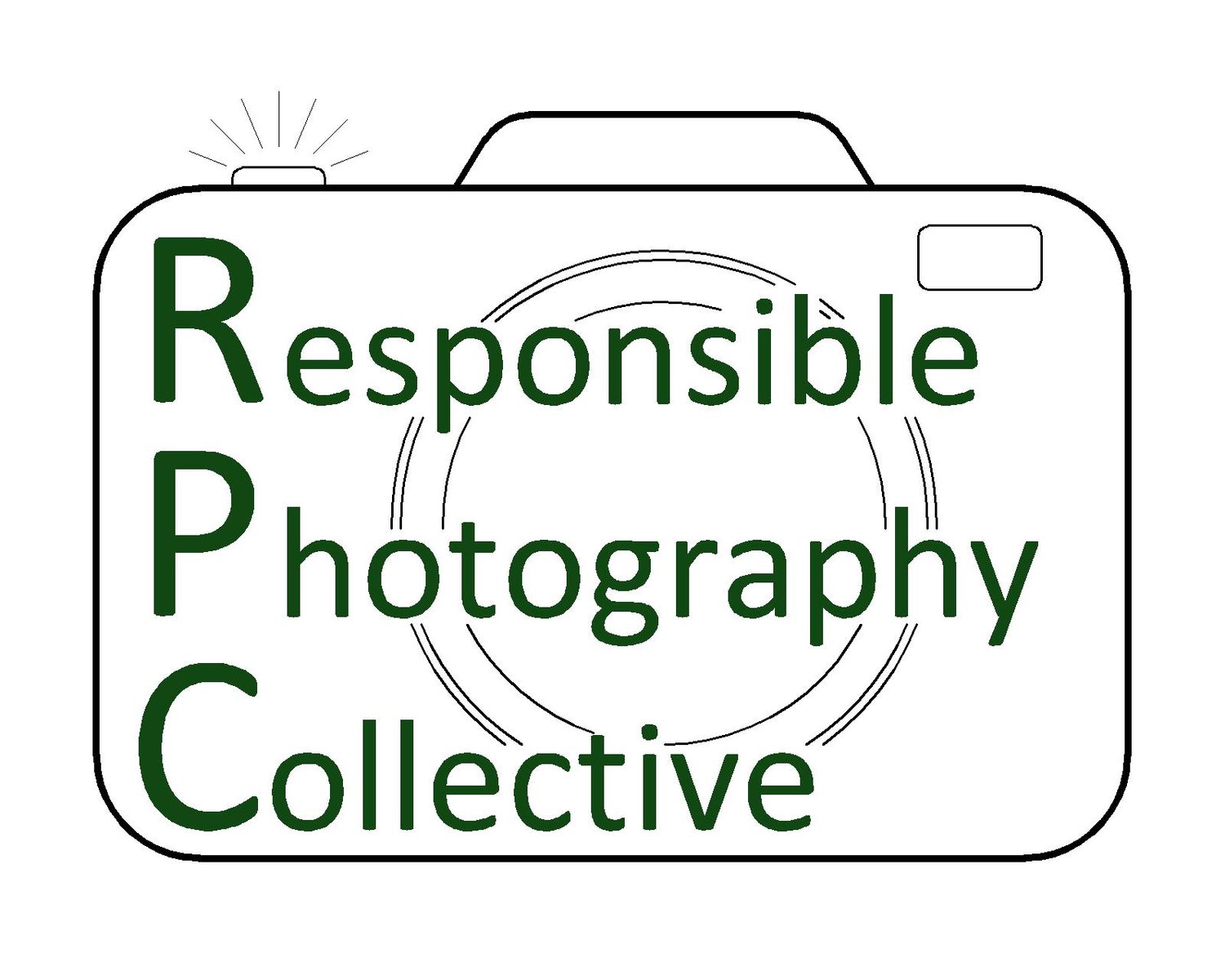DRAWING A LINE IN THE SAND
February 29, 2024 Written by Jennifer Leigh Warner
A harbor seal (Phoca vitulina) mom and pup touch noise shortly after she gives birth.
Wildlife that live and breed in urban environments are often the victims of unwanted attention. From the stray passersby that comes across wildlife resting on the beach. To the wildlife photographer who just “has to get a little bit closer” for the perfect image. Wildlife that live in these urban environments, such as La Jolla, CA, often endure these disturbances, for the most part, for the opportunity to live in the most ideal locations. However, all bets are off though when they are giving birth, and that is one situation when rules must never be ignored.
Harbor Seals are protected by the Marine Mammal Protection Act, which according to NOAA, prohibits the “take” of marine mammals—including harassment, hunting, capturing, collecting, or killing—in U.S. waters and by U.S. citizens on the high seas. For seals and sea lions on shore, people and pets should remain at least 50 yards away—about the length of a football field, and should move away at the first sign of disturbance or agitation.
A newborn harbor seal pup on South Casa beach in La Jolla, CA
Casa Beach, also known as Children’s Pool, in La Jolla, CA in San Diego is a well-known location for Harbor Seals. This is one of the only main-land rookeries in California and one of the only places in the world where you can watch wild Harbor Seals giving birth.
Because of the sensitive nature of this location, the California Coastal Commission closes off Casa Beach for five months per year, in order to give the seals space to give birth and raise their pups safely.
Although this works out great for the Harbor Seals that give birth on that beach, not all seals choose that location for the critical moment.
South Casa beach, which is located just around the corner, is not part of this beach closure, and is also a popular location for seals to give birth.
Because of the lack of restrictions, it is up to individuals to monitor and self-regulate this beach.
On February 18, 2020 I watched as a Harbor Seal in La Jolla's South Casa Beach delivered a seal pup. South Casa Beach is not part of the Children's Pool Beach closure which left her and the pup susceptible to human caused disturbance.
NOAA installed signs in La Jolla to deter wildlife harassment.
During birth and the short time after, it is critical for seal mothers to have their space to allow them to bond with their newborn pup. I watched from a distance as beach goers attempted to approach her. However no one made it past this photographer. I watched as this photographer (I later found out her name was Cecile) drew a line in the sand and informed people that they needed to keep their distance. I watched her as she educated each person who attempted to cross, of the importance of not approaching marine mammals during pupping season.
A wildlife photographer draws a line in the sand to deter others from getting too close to a harbor seal giving birth.
It has become so common to watch photographers and wildlife watchers misbehave and harass wildlife. But it was so refreshing to see this young photographer taking a stand and helping to educate the importance of Wildlife Distancing.




